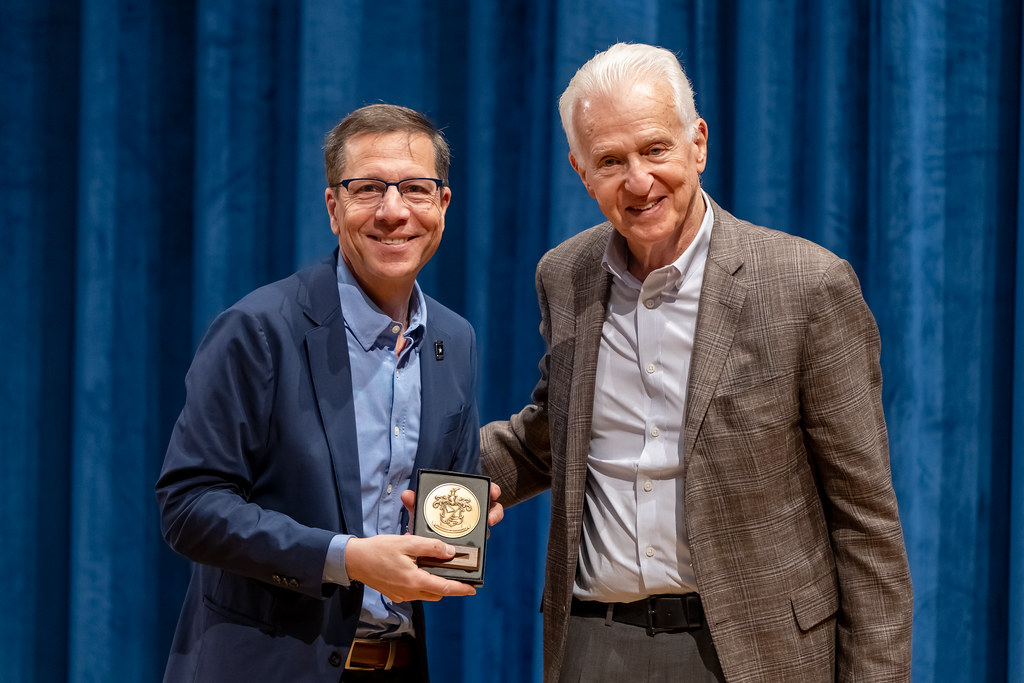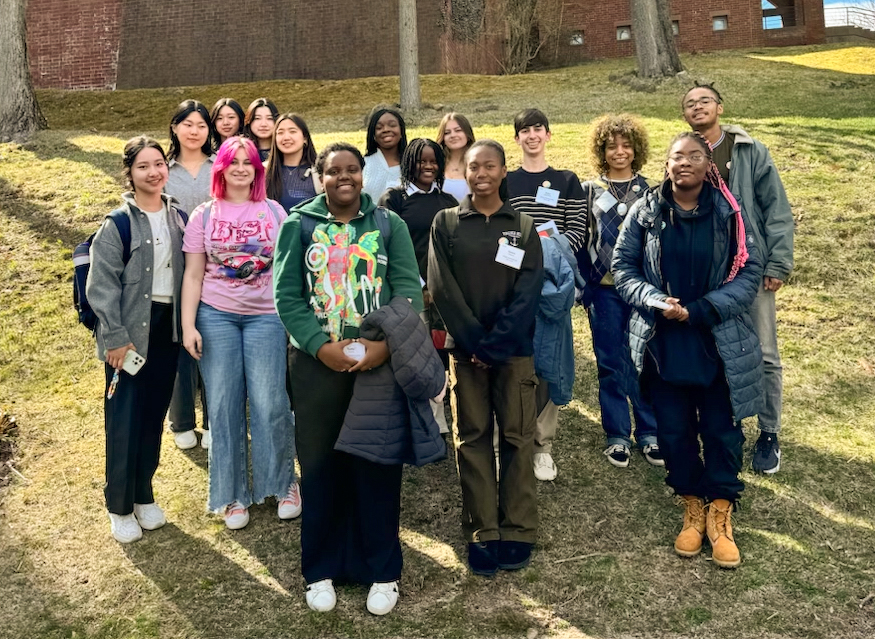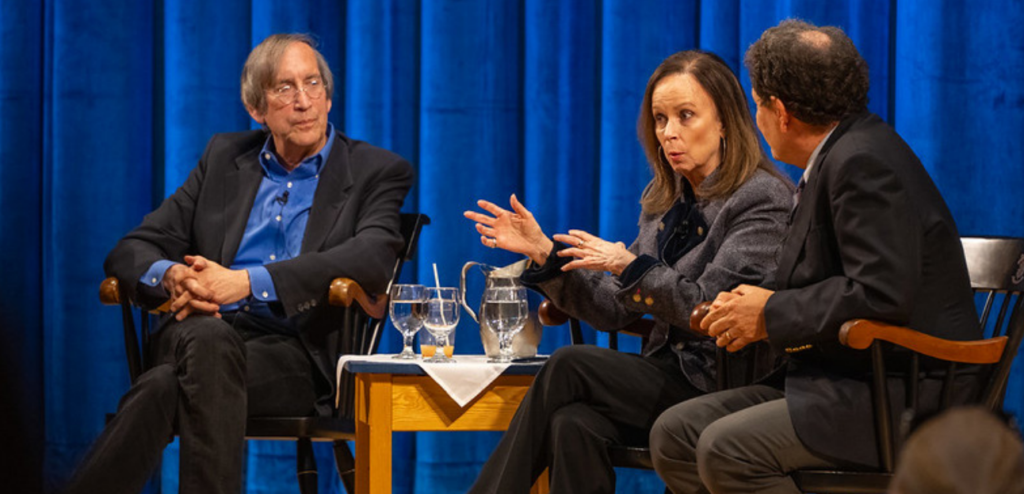By Nilan Kathir ’25
Carrying on a tradition of over 50 years, Choate’s United States Government and Politics 1 classes have begun their Model Congress simulation.
To foster student involvement in the operation, a group of students who have already taken the class are tasked with revising the Model Congress handbook each year, chairing committee hearings, and aiding students with bills. Using a procedure that mimics the actual workings of the U.S. government, the simulation works to reflect the U.S. House of Representatives.
Each student is a representative, either a Democrat or Republican, and proposes bills. The teachers and heads of Model Congress come together to decide which bills get put onto the committee session dockets, where they are debated and voted on by the representatives within their committees. The bills that pass the committee sessions are considered for the floor session dockets and are debated by the entire model congress cohort. Everything is done to simulate the real House of Representatives, with each of the three class blocks acting as a different committee: science, space, technology, foreign affairs, and homeland security.
The course’s teacher, Mr. Ned Gallagher, said, “It’s good to inject a little bit of real-world experiential activity rather than just reading out of textbooks or documents and talking about how Congress works.”
Student reception of this experience has been positive. Owen Sessine ’25 said, “It’s important because it allows us to imagine possible scenarios later on in life and play that out, … and it helps you improve a lot of the skills you need throughout life.”
While providing students with crucial skills like public speaking, Model Congress also pushes students to challenge their preconceived notions about policy-related topics. Sofia Schmidt ’25 said, “I learned a lot about current issues and their complexities, and I was able to reassess a lot of my previous beliefs.”
Furthermore, the exercise allowed students to better understand the inner workings of politics. Its realism enabled students to “understand how the actual House of Representatives functions and the premise of bipartisanship and collaboration,” Schmidt said.
Mr. Gallagher emphasized the important lessons, applicable to real life, that students get from “outside the classroom politicking, the backroom deals” and how some students “can’t get things passed just because they don’t have the votes; that’s the real world lesson about politics.” American politics is highly convoluted, and these complexities pose some difficulties in grading the students. “We don’t see a lot of the backroom deals, … trading votes, or coordinating amendments,” Mr. Gallgher explained.
Still, students can be sufficiently assessed through the bills they wrote and their participation in committee and floor sessions. The Model Congress simulation is an integral part of the Government and Politics 1 course, providing students with the essential opportunity to practice what they have learned in class through an intricate field. Its long history and student-centered approach enable the exercise to provide hands-on experience, preparing them for the real-world workings of government and politics. Sessine said, “We kind of got out of control, which I think is like real life.”




